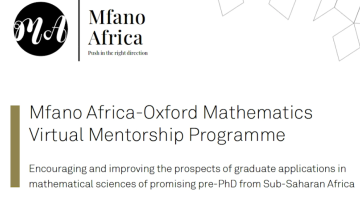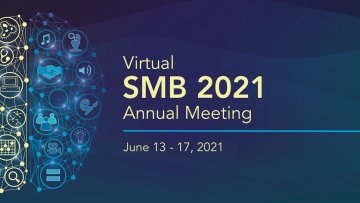When you watch the Olympics this Summer and admire the achievements of the medalists, ponder on the unknown number of people who may have done just as well if only they'd had the chance. Of course this is true of many fields of human endeavour. Take mathematics for instance. In a world of data overload, pandemics and cyber intrusion never have we needed all the mathematical talent we can muster. Yet many people are denied the opportunity, both at school and, as crucially, at research level.
Oxford mathematical biologists, past and present, featured very prominently at the annual Society for Mathematical Biology (SMB) meeting held from 13-17 June and organised remotely from the University of California, Riverside. It was the largest ever conference in the field, with over 2,500 participants and more than 1,000 talks delivered by speakers from 47 countries.
14:00
Asymptotics for the wave equation on black hole spacetimes
Abstract
We will present the precise late-time asymptotics for scalar fields on both extremal and sub-extremal black holes including the full Reissner-Nordstrom family and the subextremal Kerr family. Asymptotics for higher angular modes will be presented for all cases. Applications in observational signatures will also be discussed. This work is joint with Y. Angelopoulos (Caltech) and D. Gajic (Cambridge)



